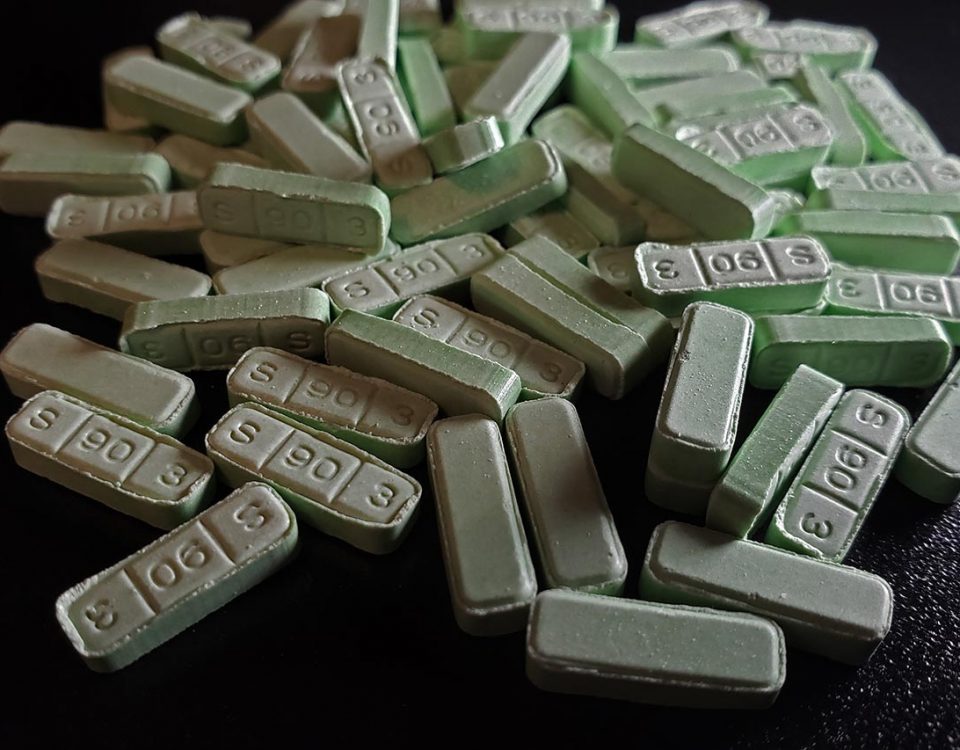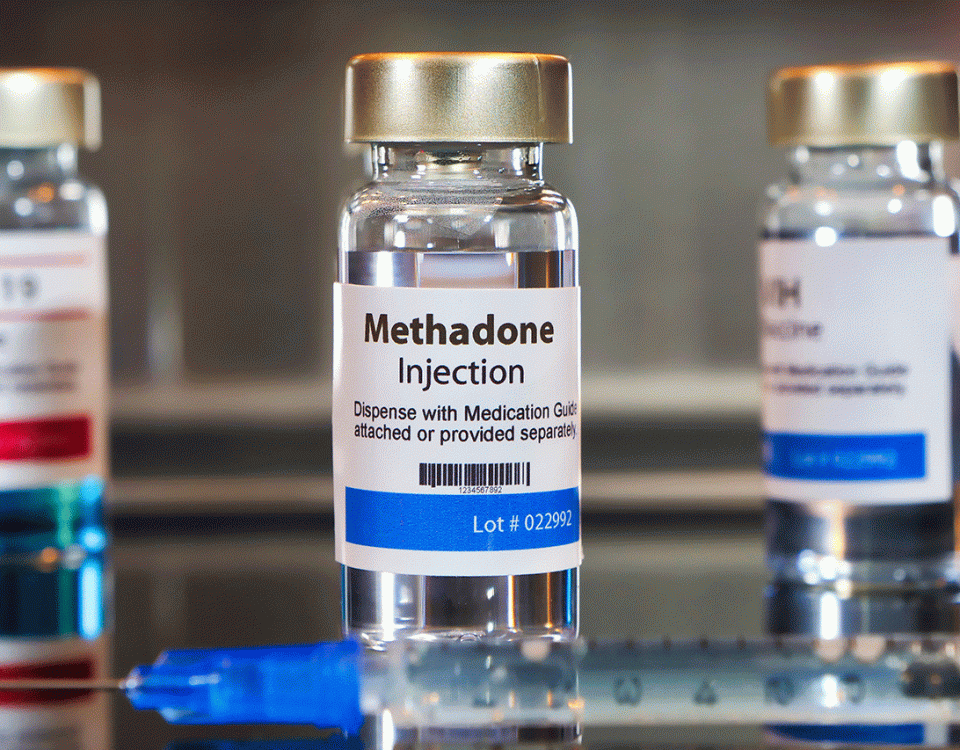Opioid drugs are most often used in medical settings as powerful painkillers. However, their euphoric side effects make them attractive to drug dealers and drug users for recreational purposes. Opioids are normally highly addictive, producing tolerance quickly as well as a withdrawal if the person takes them for a long period and suddenly stops using them. Today, we’ll be looking into a newer and more powerful opioid called W18 and what you need to know about it to stay safe.
What Is W18?
W18 is a synthetic opioid drug, also known as 4-chloro-N-[1-[2-(4-nitrophenyl)ethyl]-2-piperidylidene]benzenesulfonamide). Synthetic opioids are man-made substances that are designed to mimic the effects of naturally occurring narcotics, such as heroin, a drug that’s made from certain strains of the opium poppy plant.
Opioid drugs, whether natural or synthetic, also carry a significant risk of overdose. For this reason, they’re highly risky to take and abuse without medical supervision.
The amount of the drug that can cause fatal overdose varies from person to person. Even small changes like the frequency of use and how much of the drug has been taken can drastically increase the risk of overdose for the individual.
Unfortunately, W18 is another synthetic opioid that’s being sold in the drug market for recreational use. This drug has no clinical use, and it was originally designed as part of a series of experimental painkillers, but no human testing was conducted.
No human testing means that the potential for negative side effects is unknown. Even so, we can guess how dangerous W18 is based on its potency, which is apparently 100 times stronger than fentanyl, another synthetic drug that’s 100 times stronger than morphine.
With this information, you now understand this makes W18 10,000 times stronger than classic opiates. As with fentanyl, Dr. Alan Hudson, Associate Professor with the Department of Pharmacology at the University of Alberta. Dr. Laura Calhoun, Medical Director at Alberta Health Services reports that you only need a “tiny speck” of W18 to experience an overdose, which is marked by respiratory depression and often death.
Also, do you know how fentanyl is used to lace other drugs? Well, now W18 is being used to lace fentanyl!
Drug dealers are selling fentanyl pills that contain W18, which is 100 times more potent. The drug itself may also be cut with stimulants like cocaine or other substances to allow dealers to make more money from less product.
Pills and powders containing W18 are created in clandestine labs, meaning the strength of the drug is unregulated and unknown. Nowadays, no matter what drug a person buys off the street, there’s always a potential that it could be laced with W18.
History of the W18 Drug
So, where did W18 drugs come from? W18 hit the news in Calgary, Canada, in 2016 after police seized the drug after it was linked to numerous drug-related deaths. Over 200 people were thought to have lost their lives from W18 abuse.
However, the drug existed long before 2016. W18 was part of experimental research conducted by a team of Canadian scientists in 1984 and was patented in Canada and the U.S. for its potential as a powerful painkiller. Its legitimate use was never established, and that’s probably for the best.
It wasn’t until 2013 when W18 first seemed to have been discovered as a designer drug when it was marketed as a recreational substance. Designer drugs are synthetic or man-made versions of other drugs that are constantly being changed to avoid legal detection. Common designer drugs include analogs of fentanyl, meperidine, piperazine, and methamphetamines.
Designer drugs produce similar side effects as drugs that are similar to other illicit substances but have not been identified. This means that drug dealers can get away with selling them and even marketing them as a “legal high” because they aren’t necessarily illegal yet.
Eventually, W18 was added to the European Monitoring Centre for Drugs and Drug Addiction (EMCDDA) list of New Psychoactive Substances in 2014.2 In 2016, the Canadian government posted a notice online informing interested parties of a proposal to schedule W18 under the Controlled Drugs and Substances act.
W18 Drug Effects and Risks
While there’s more to be learned regarding W18, we can conclude certain dangers based on its drug class and similarities to drugs like fentanyl in its mechanism of action. As an opioid, W18 works by attaching to opioid receptors in the central nervous system (CNS) and other parts of the body to block pain signaling.
All opioid analgesics work this way, which is why they’re effective for pain treatment. However, opioids also produce a sense of euphoria, which is why they’re commonly abused and why there’s an opioid epidemic in the country.
Some side effects of W18 include:
- Sedation
- Euphoria
- Dizziness
- Nausea
- Vomiting
- Constipation
- Abdominal pain
- Physical dependence
- Tolerance
- Respiratory depression
Physical dependence and tolerance are common signs of a possible addiction. If you or someone you know is showing signs of opioid abuse, our Massachusetts rehab center offers various addiction services that can help.
Finding Opioid Addiction Treatment Near Me
If you or a loved one is struggling with opioid addiction, know that help is available. Our drug rehab in Massachusetts offers opioid addiction treatment that incorporates individual, group, and family counseling to help clients get sober, develop independence and relapse prevention strategies, and rebuild relationships that were impacted by their substance use.
For more information about our Boston addiction treatment, call Banyan Treatment Centers today at 888-280-4763.
Sources:
- Medical Daily - Dangerous Designer Drug W18 Is 100 Times More Potent Than Fentanyl, And It's Now Widely Available
- International Journal of Emergency Mental Health and Human Resilience - Short Communication Open Access Synthetic Opioids, (re)Emerging Problem in Europe and North America
Related Reading:









